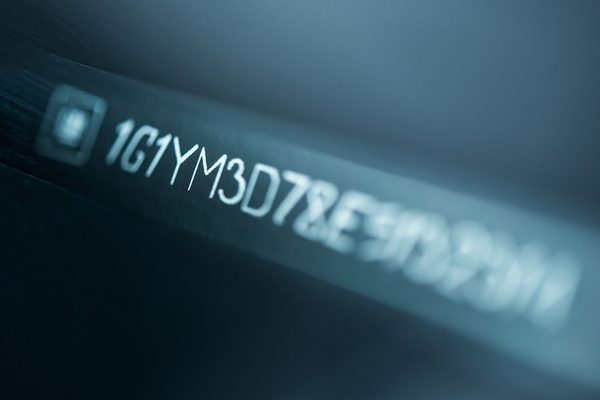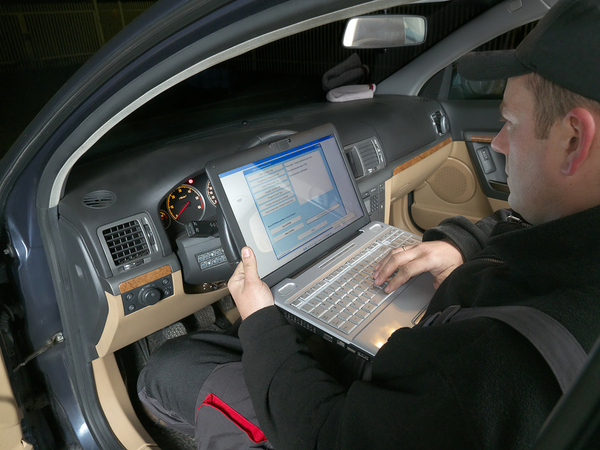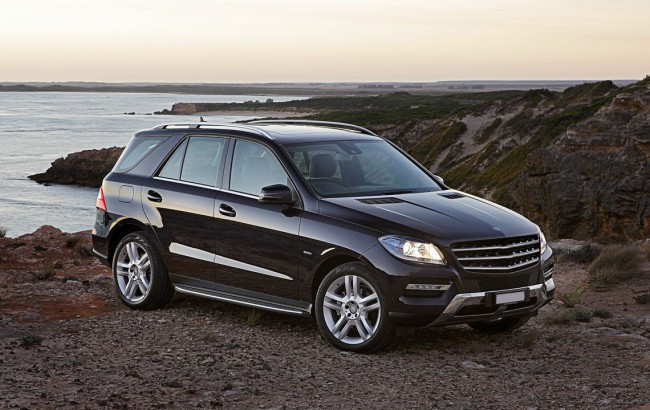What Is a VIN and How Can It Help You Choose the Right Car?
What Is a VIN and How Can It Help You Choose the Right Car?

The VIN tells you everything you need to know about a car in one string of numbers and letters.
What is a VIN? New car buyers, and those who have simply always bought new, have perhaps never heard the term. It stands for “Vehicle Identification Number,” and it is an intensely useful number worth knowing about, and keeping handy.
My Car Has A Number?
Every car has a VIN, using both letters and numbers, usually found in the doorjamb on the driver’s side, in the engine bay on the firewall, and on the driver’s side in a plaque under the windshield.
All VIN numbers follow the same standard, as set by the National Highway Traffic Safety Administration, which first set the rules for VINs in 1981. A VIN is seventeen digits long and contains quite a bit of information. The first three numbers tell you the manufacturer; digits four through eight tell you the attributes of the car; the ninth is a “check digit,” a method of ensuring a VIN is not fake; the tenth is the model year; the eleventh is the plant code, telling you exactly where the car was built; and digits twelve through seventeen are a sequential number telling you which car, exactly, it was in the production line.
There are people who can tell a new car’s entire story from assembly line to lot just by glancing at the VIN. In fact, for recalls, manufacturers use the VIN to find vehicles. And while in some cases this can be neat trivia, in others it ensures you are getting the genuine article.

Always check the VIN!
How To Use A VIN
A VIN is useful in two ways. One, it lets you check the past of a used car, and two, it lets you spot a car that has been stolen, misidentified, or otherwise has a sketchy history.
The first way a VIN is useful is fairly simple. Many dealerships, auto body shops, and other places that fix or sell cars track the VIN of each car they sell or repair, and it’s also tracked by insurance companies, law enforcement, and other related entities. If you need to know whether a used car you are considering has been flooded, been damaged in a wreck, or has a long history of repairs, using services like Carfax to check the VIN can tell you pretty much everything you need to know. Be aware that while this is standard practice, cars may have been taken to small repair shops that do not track these numbers, or sketchier dealerships and shops in the car’s past may have “forgotten” to file certain paperwork.
The second way a VIN is useful is slightly more complex, but worth it when buying a car if you feel unsure of its past. Just look at the VIN in all three places and see if the numbers match. If not, it is time to choose another car! If the VIN is damaged in all three places, it does not matter if the car’s legit or not. It’s probably been through too much of a beating to be worth it. If you’re particularly thorough, or the VIN looks altered, you can dig deeper. Does the manufacturer match? Do the attributes line up? Does the model year match? Don’t forget to do the check digit calculation, which is easily done online.
As you can see, it’s worth checking the VIN, whenever you buy a car. For more about how to shop smart, read these helpful articles for CarFoundMe.


